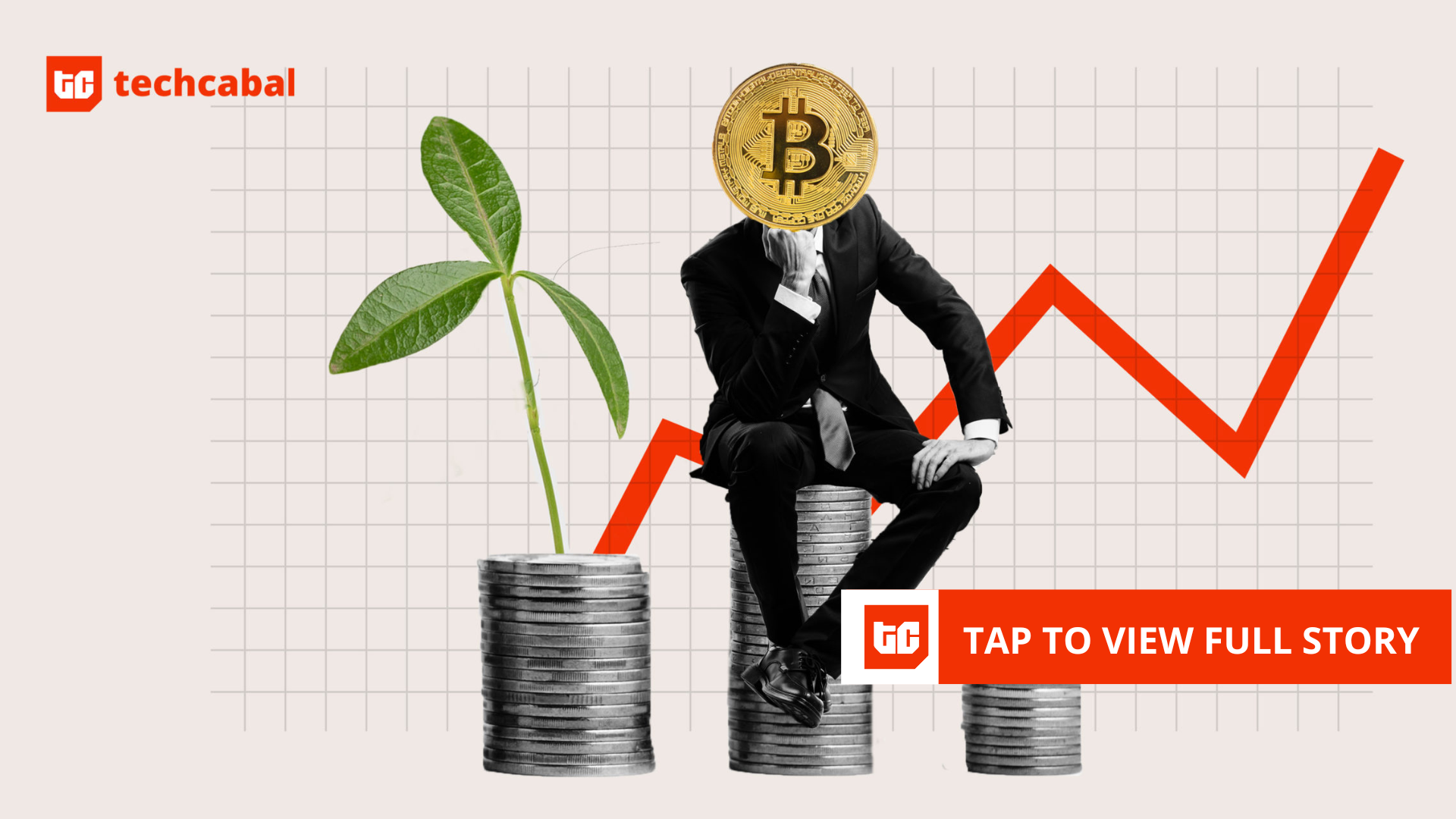The central bank kept its benchmark interest rate at a range of 4.25% to 4.5%.
As expected, interest rates didn’t budge today. You can blame tariffs.
At the conclusion of its May 6-7 meeting today, the Fed voted to hold rates steady for the third consecutive time.
Fed Chair Jerome Powell remains steadfast in monitoring labor market conditions and inflation pressures before making any cuts. Despite pressure from the White House to lower borrowing rates, there’s too much “uncertainty about the economic outlook.”
Still, the Fed noted the “risks of higher unemployment and higher inflation.” Economists have been increasingly concerned that the Trump administration’s tariffs will unleash a twofold blow of steeper consumer prices and slowing demand. US households are already curbing spending amid fears of a recession, and investors are cutting their losses in a plunging stock market.
Even though the Fed cut interest rates three times last year, it’s still expensive to finance a car, take out a home loan and pay down credit card debt. While some experts still anticipate borrowing costs to eventually go down in 2025, the pace of interest rate reductions will depend on the job market, inflation pressures and other political and financial developments.
Why is the Fed holding interest rates steady?
The US central bank meets eight times a year to assess the economy’s health and set monetary policy through changes to the federal funds rate, the benchmark interest rate US banks use to lend or borrow money overnight. Its official “mandate” is to balance price stability and maximum employment.
Financial experts and market watchers predict whether the Fed will increase or decrease interest rates based on official economic data, with a special focus on inflation and the job market. At bottom, the Fed is holding interest rates at a high range to monitor how tariffs and other measures by the Trump administration affect these key indicators over time.
The Fed’s monetary policy depends on which side of its mandate, inflation or employment, is farthest from target, said Matthew Martin, senior US economist with Oxford Economics.
Some economists expect the Fed to maintain a “wait and see” posture on the sidelines until late this year, while others anticipate a rate cut this summer.
Generally, when inflation is high and the economy is in overdrive, like it was in early 2022, the Fed raises its benchmark interest rate to discourage borrowing and decrease the money supply. When unemployment is high and the economy is weak, the Fed lowers its benchmark rate, allowing banks to ease financial pressure on consumers and making it less expensive to purchase big-ticket items through financing and credit.
The phrase “soft landing” refers to the Fed’s balancing act. According to those running the market, the economy shouldn’t be too hot or too cold — it’s supposed to be just right, like the porridge in Goldilocks.
What about recession and tariff risks?
There are many warning signs of an economic downturn: a weakening in GDP, declining consumer confidence, an increase in layoffs. Even if a technical recession hasn’t been called yet, markets anticipate a sharp slowdown in economic activity in the coming months.
The big wildcard for the economy is tariffs. Tariffs increase the cost of goods for domestic importers, with steeper prices then passed on to consumers.
“Tariffs create a complicated situation for the Fed because they imply upside risk for inflation — but downside risk for growth and the labor market,” said Gisela Young, US economist at Citigroup.
If inflation goes up, the Fed will keep interest rates higher for longer. But if higher tariffs, combined with downsizing and cost-cutting, cause the economy to contract severely, the Fed might lower rates to stimulate growth. There’s a risk either way.
“If officials act too late, they risk becoming ‘behind the curve’ and [causing] an even more severe downturn,” said Martin. “If they lower interest rates too early, though, they could risk higher and sticky inflation alongside weak economic growth — known as stagflation — which would be the worst of both worlds.”
Even as the Fed keeps interest rates on hold, its tone and messaging are likely to have a huge impact on markets. Any talk of risk or uncertainty always spooks investors and causes a chain reaction in the economy. No wonder there’s wide-ranging concern over employment, taxes, prices, social programs and just about everything else that affects our financial livelihoods.
How do interest rate changes affect your finances?
Imagine a situation where the financial institutions and banks make up an orchestra and the Fed is the conductor, directing the markets and controlling the money supply. Although the Fed doesn’t directly control the percentage we owe on our credit cards and mortgages, its policies have a domino effect on the everyday consumer.
Interest is the cost you pay to borrow money, whether that’s through a loan or a credit card. When the central bank “maestro” increases interest rates, many banks tend to follow. This can make the debt we’re carrying more expensive (a credit card APR of 22% versus 17%), but it can also lead to higher savings yields (an APY of 5% versus 2%).
When the Fed lowers rates, banks tend to drop their interest rates too. Cheaper borrowing costs encourage investment and make debt payoff slightly less cumbersome, but we won’t get as high a yield on our savings.
Ultimately, the Fed’s decisions about interest rates impact how much we earn from our savings accounts, how much we owe for carrying debt and whether we can afford a monthly mortgage payment. Here’s what a rate pause means for credit card APRs, mortgage rates and savings rates.
🏦 Savings rates
Savings rates are variable and move in lockstep with the federal funds rate so your annual percentage yield may go down following more rate cuts later this year. Although every bank sets different rates, we might not see a significant drop in rates for high-yield savings accounts or certificates of deposits, at least for the time being. That gives savers more time to maximize their earnings by locking in a high CD rate or taking advantage of high savings rates while they’re still around.
— Kelly Ernst, Money editor
🏦 Credit card APRs
Holding the federal funds rate steady could cause credit card issuers to maintain the annual percentage rate on your outstanding balance each month. Some credit card APRs inched down slightly after the Fed’s rate cuts last year but they’re still really high. However, every issuer has different rules about changing APRs. To avoid accumulating high-interest debt, try to pay off your balance in full or at least make more than the minimum payment each month.
— Tiffany Connors, Money editor
🏦 Mortgage rates
The Fed’s decisions impact overall borrowing costs and financial conditions, which in turn influence the housing market and home loan rates, although it’s not a one-to-one relationship. Even when the Fed holds interest rates steady, mortgage rates can fluctuate in response to new economic data, which impacts the bond market and long-term Treasury yields. It would take a significant economic downturn, a protracted decline in Treasury yields and a series of rate cuts for mortgage rates to drop substantially.
— Katherine Watt, Money housing reporter









